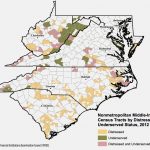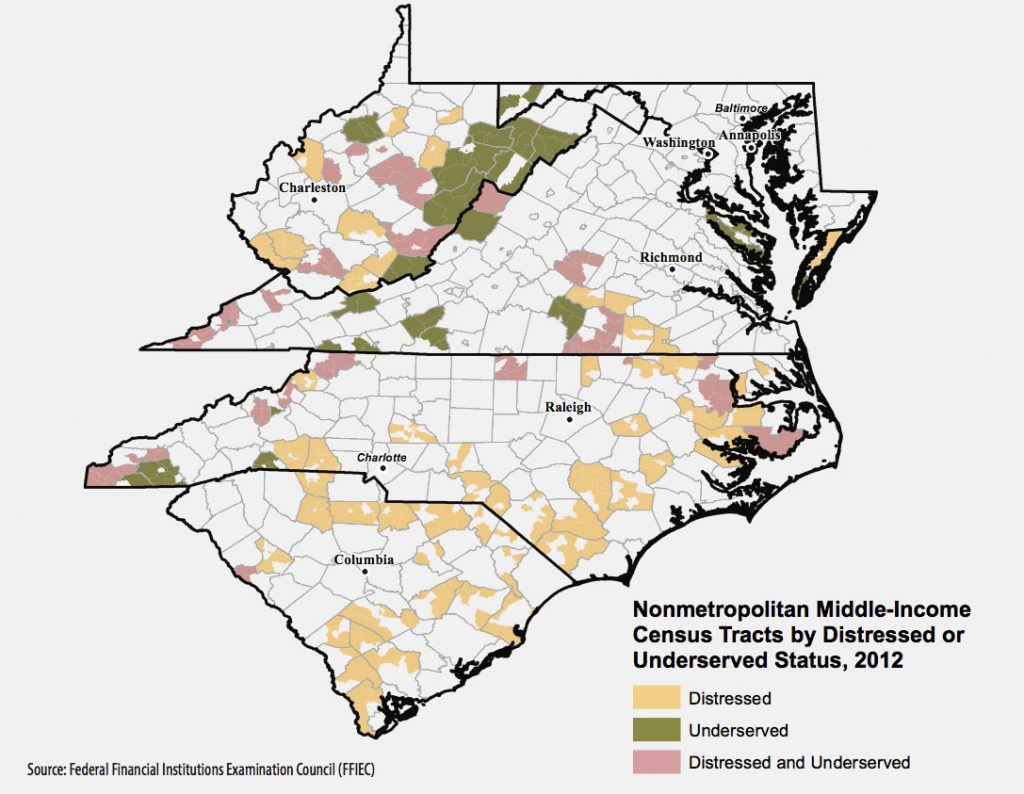Published January 15, 2013 By Maureen Berner
 Community development efforts obviously depend on support by local financial actors. Through the Community Reinvestment Act, banks and other financial institutions are monitored on how well they serve low and moderate income areas in the communities they serve. One of the indicators regulators use is the amount of activity in areas designated as nonmetropolitan, middle-income, economically distressed or underserved. These are often rural areas. Distressed counties are defined as those with one of three characteristics:
Community development efforts obviously depend on support by local financial actors. Through the Community Reinvestment Act, banks and other financial institutions are monitored on how well they serve low and moderate income areas in the communities they serve. One of the indicators regulators use is the amount of activity in areas designated as nonmetropolitan, middle-income, economically distressed or underserved. These are often rural areas. Distressed counties are defined as those with one of three characteristics:
- an unemployment rate of at least 1.5 times the national average,
- a poverty rate of 20 percent or more, or
- a major change in population (population loss of 10 percent or more between the two most recent decennial censuses or a net migration loss of 5 percent or more for five years prior to the most recent decennial census.)
The definition for being underserved is a little more complicated, but refers to access to services and markets that come from either having a population center in the county or being relatively close to a population center in an adjacent or nearby county. A county that is underserved is one that has a population “small, sparse, or distant from a major city (Federal Reserve Bank of Richmond, November, 2012).”
In November 2012, the Federal Reserve Bank of Richmond published a map of distressed and underserved areas in North and South Carolina, Maryland, Virginia and West Virginia reproduced below. As you can see, distressed areas exist throughout North Carolina, with the exception of the central piedmont, while underserved areas are centered on the far east and far west edges of the state.
Maureen Berner is School of Government faculty member.
Author(s)
Tagged Under
This blog post is published and posted online by the School of Government to address issues of interest to government officials. This blog post is for educational and informational Copyright ©️ 2009 to present School of Government at the University of North Carolina. All rights reserved. use and may be used for those purposes without permission by providing acknowledgment of its source. Use of this blog post for commercial purposes is prohibited. To browse a complete catalog of School of Government publications, please visit the School’s website at www.sog.unc.edu or contact the Bookstore, School of Government, CB# 3330 Knapp-Sanders Building, UNC Chapel Hill, Chapel Hill, NC 27599-3330; e-mail sales@sog.unc.edu; telephone 919.966.4119; or fax 919.962.2707.


